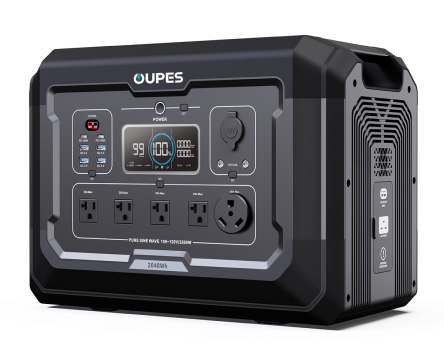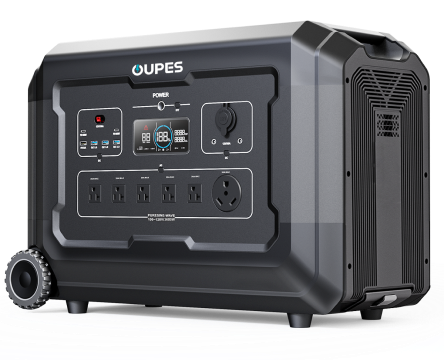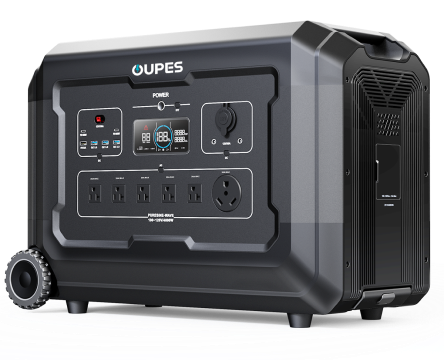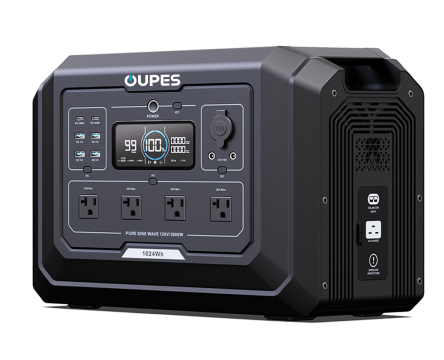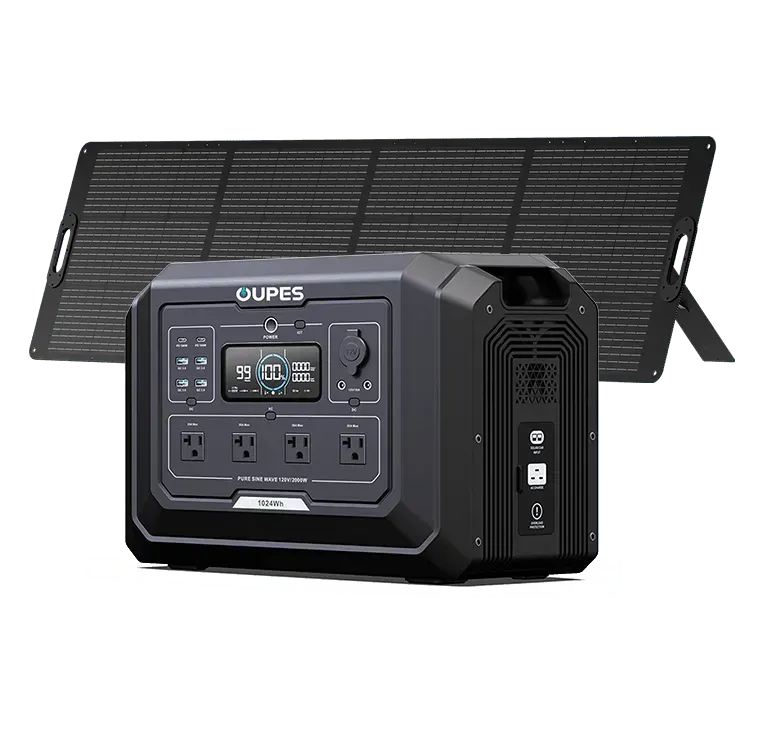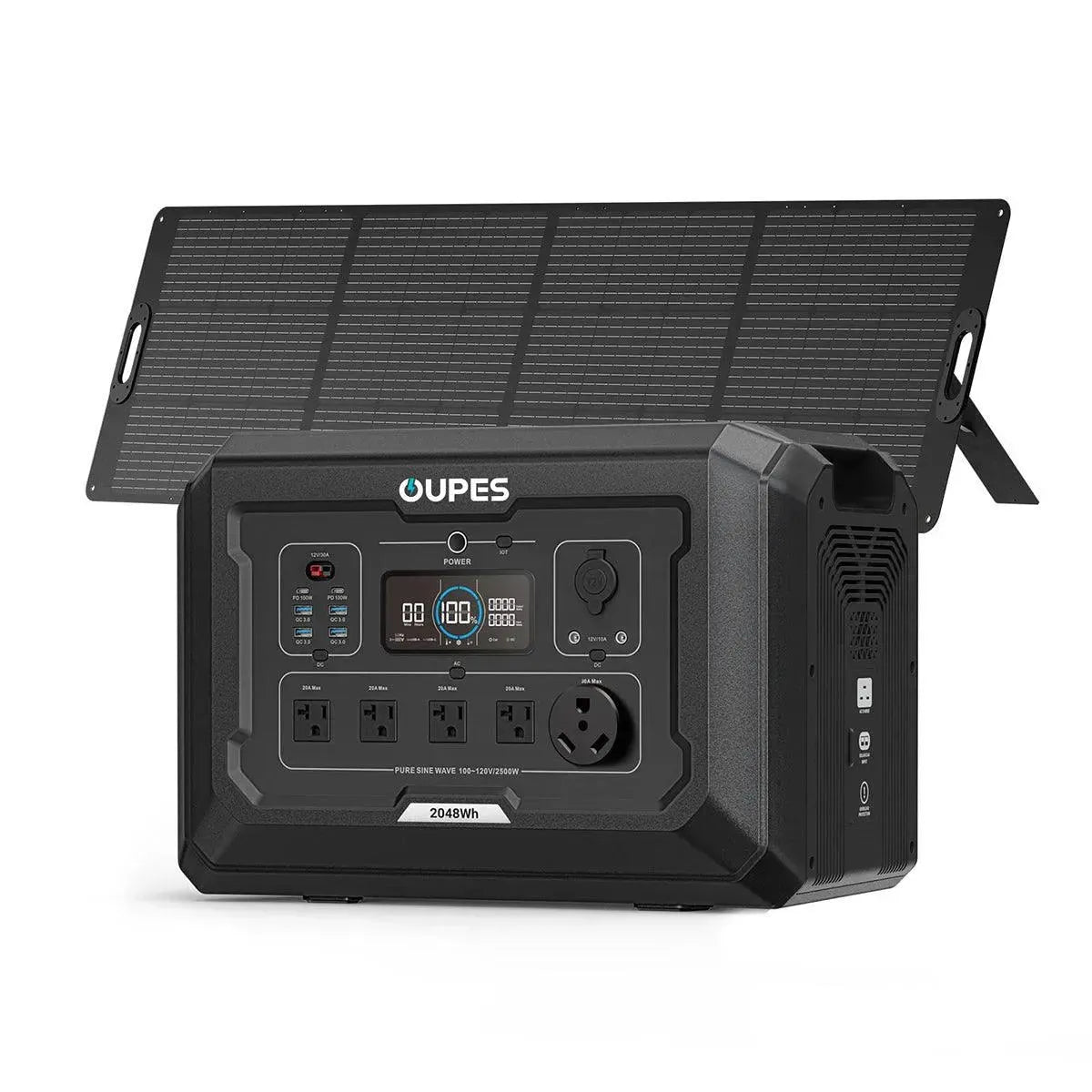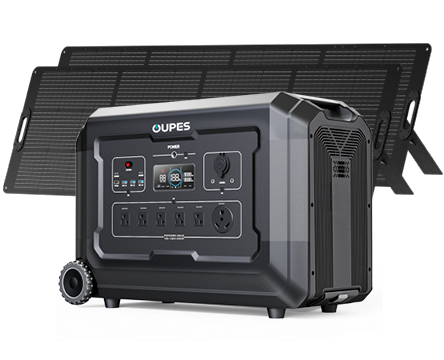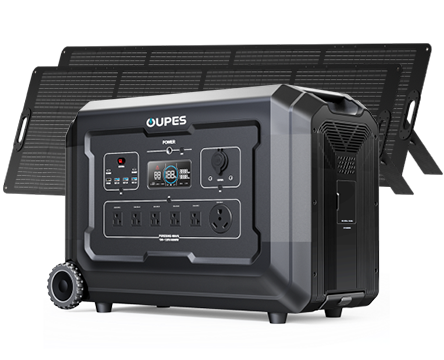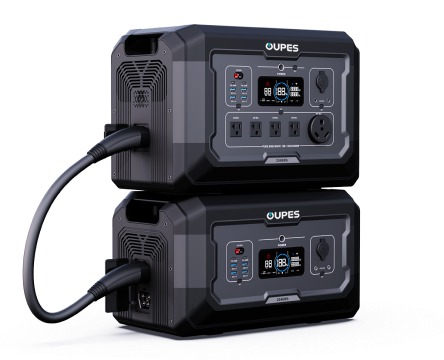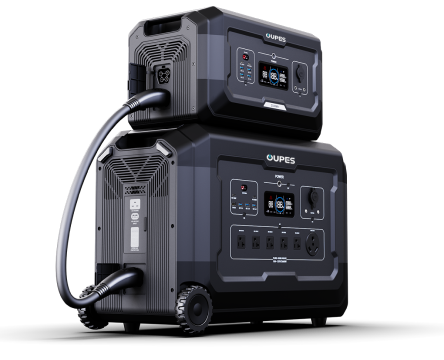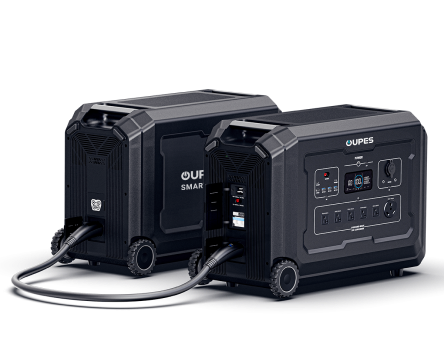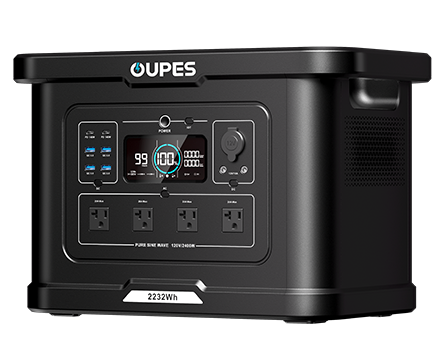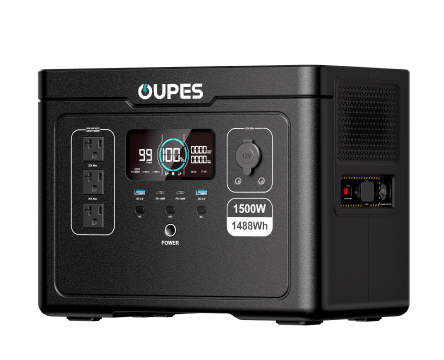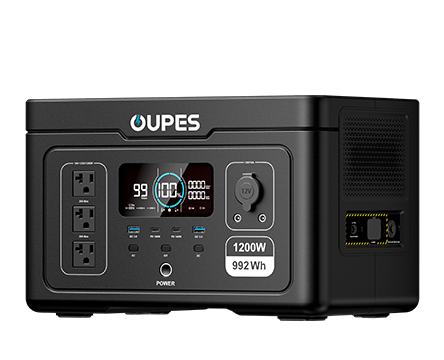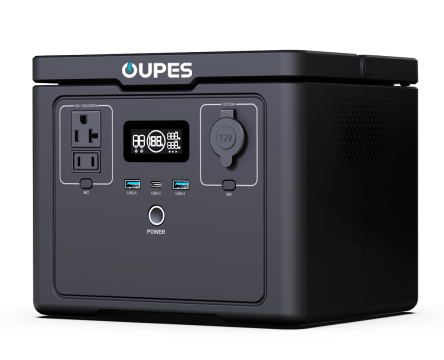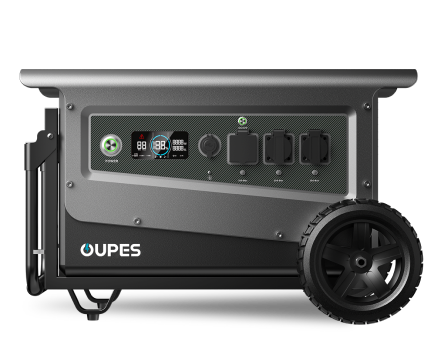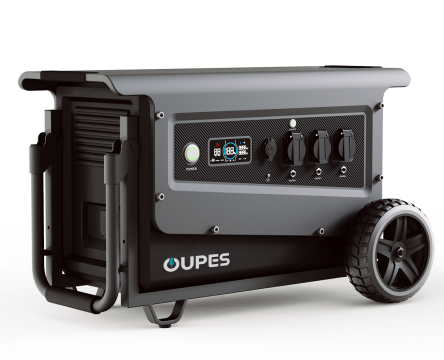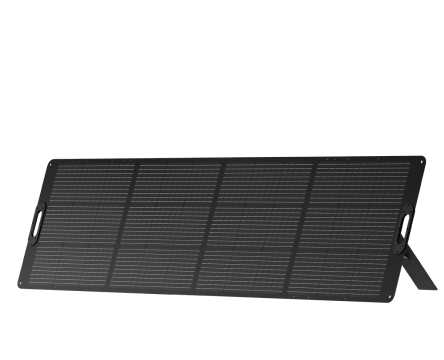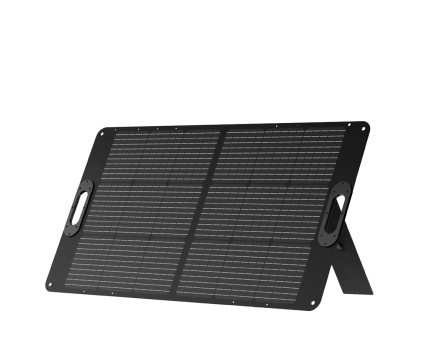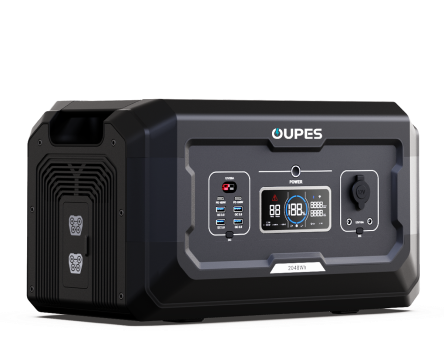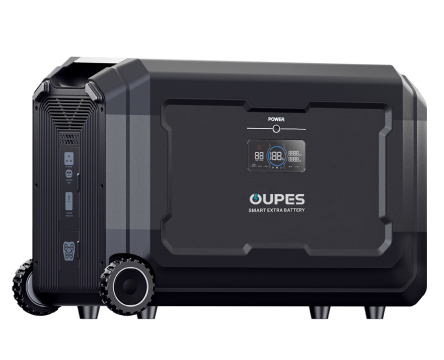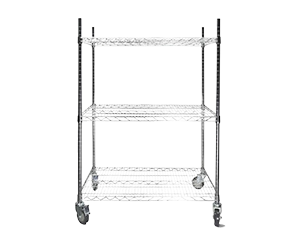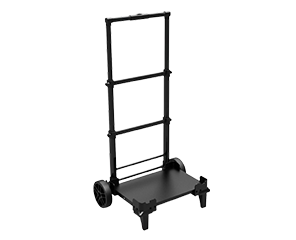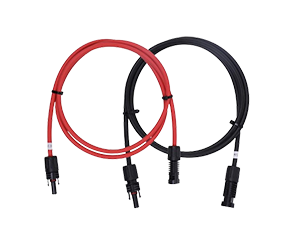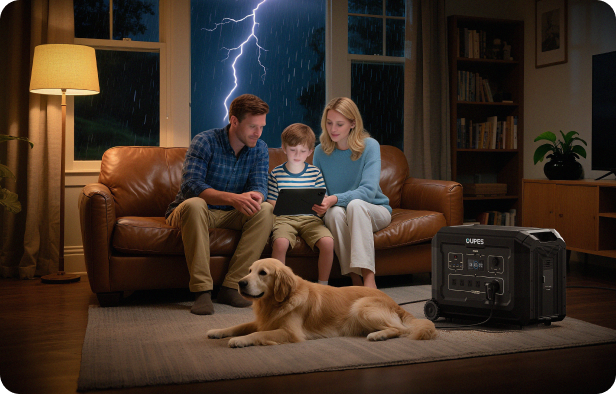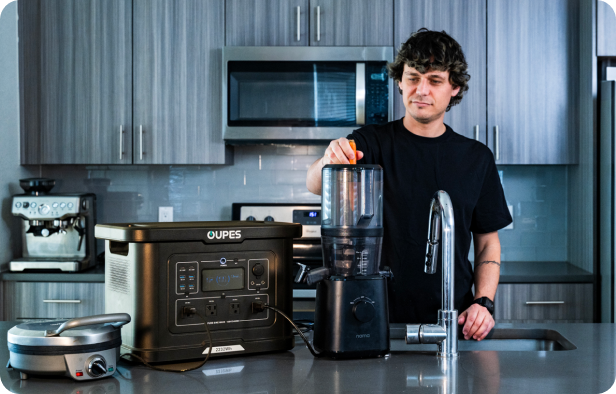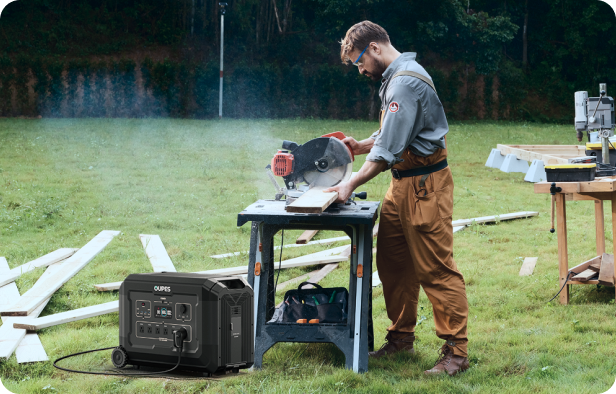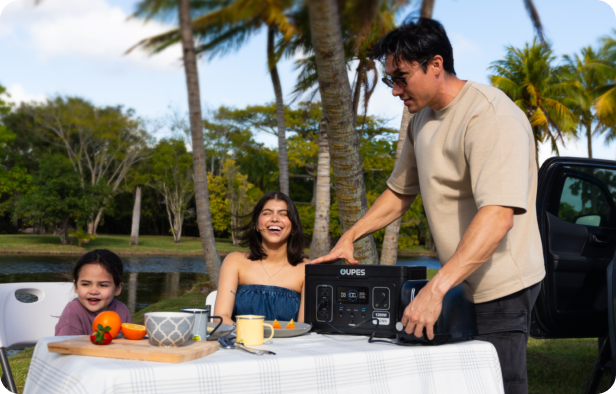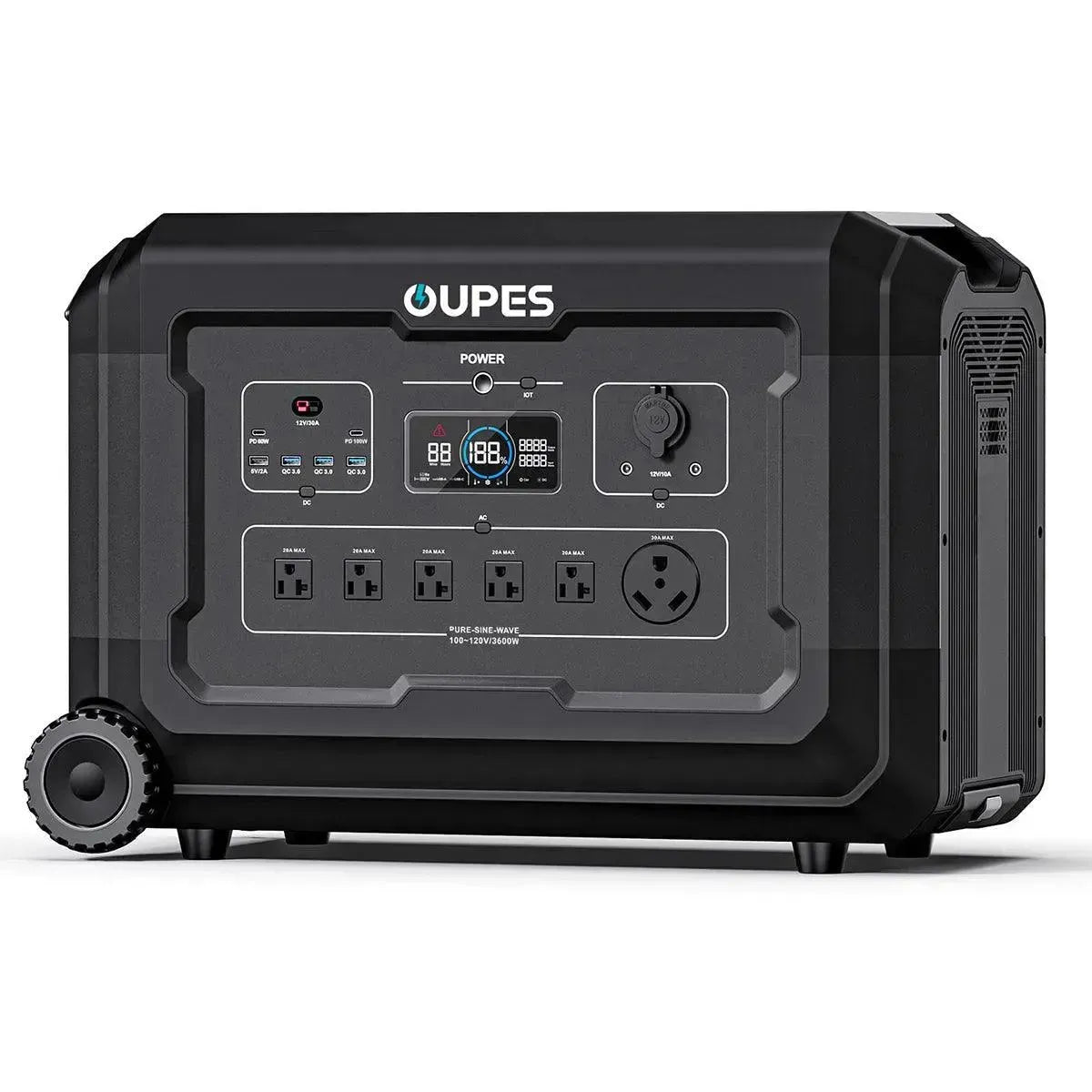
Table of Contents
- Introduction: Why Lifespan Matters
- Key Factors Affecting Runtime and Lifespan
- Scenarios: How Long OUPES Stations Last in Real Life
- Comparison of OUPES Portable Power Stations
- Maintenance Tips to Extend Longevity
- FAQs
- Conclusion
Introduction: Why Lifespan Matters
One of the first questions people ask before buying a portable power station is: how long will it last? This doesn’t just mean runtime per charge—it also refers to the overall battery lifespan measured in years or charging cycles. Knowing both is crucial to ensure your investment supports your needs, whether it’s camping, emergency backup, or off-grid living.
OUPES portable power stations, equipped with LiFePO4 batteries, offer up to 3500+ cycles, lasting more than a decade with proper care. But how long a charge powers your devices depends on factors like capacity, power draw, and charging habits.
Key Factors Affecting Runtime and Lifespan
The longevity of a portable power station depends on two dimensions: runtime per charge and total lifespan over years of use. Let’s break down the main factors that influence both.
Capacity (Wh)
A higher-capacity unit runs longer per charge. For example, an Exodus 600 with 256Wh capacity powers small devices for hours, while a Mega 5 with 5040Wh can run large appliances for days.
Power Output (W)
The more wattage your device consumes, the shorter the runtime. A laptop (60W) may run 15+ hours on an Exodus 1200, but a refrigerator (600W) will drain it in less than 2 hours.
Battery Chemistry
OUPES uses LiFePO4 batteries, which last significantly longer than traditional lithium-ion. With 3500+ cycles, they maintain performance for 10 years or more, making them ideal for heavy use.
Usage and Storage
Extreme temperatures, deep discharges, and infrequent use can reduce battery health. Proper care ensures maximum longevity.
Scenarios: How Long OUPES Stations Last in Real Life
To understand how long a portable power station lasts, it’s helpful to see examples of real-life usage scenarios. Here’s how OUPES models perform in common cases:
Emergency Power
During blackouts, an Exodus 1200 (992Wh) can keep routers, phones, and lights powered for 12–18 hours. Larger models like the Mega 3 (3072Wh) or Mega 5 can power refrigerators, CPAP machines, and TVs for multiple days, providing peace of mind during storms.
Camping and Outdoor Trips
For short trips, the Exodus 600 (256Wh) keeps fans, LED lanterns, and phones running all weekend. For RV adventures, the Mega 2 (2048Wh) ensures laptops, cooking appliances, and entertainment devices stay charged comfortably.
Off-Grid Living
The Mega 5, expandable up to 45.36kWh, is ideal for long-term independence. With solar input, it can sustain households indefinitely, making runtime less of a limitation.
Comparison of OUPES Portable Power Stations
To help visualize differences in runtime and longevity, here’s a comparison of OUPES models:
| Model | Capacity | AC Output | Approx Runtime (Phone/Fridge/CPAP) | Lifespan (Cycles) |
|---|---|---|---|---|
| Exodus 600 | 256Wh | 600W | 20 charges / 0.3 day / 8 hrs | 3500+ |
| Exodus 1200 | 992Wh | 1200W | 80 charges / 1.5 days / 24 hrs | 3500+ |
| Mega 2 | 2048Wh | 2500W | 160 charges / 3 days / 48 hrs | 3500+ |
| Mega 3 | 3072Wh | 3600W | 250 charges / 4.5 days / 72 hrs | 3500+ |
| Mega 5 | 5040Wh | 4000W | 400 charges / 7 days / 120 hrs | 3500+ |
Maintenance Tips to Extend Longevity
While OUPES power stations are built to last, users can extend both runtime and total lifespan with good habits:
- Avoid Full Discharge: Keep the battery above 20% to prevent deep cycle wear.
- Charge Regularly: Even if unused, top up every 3–6 months.
- Store Properly: Keep in a cool, dry place, away from direct sunlight.
- Use Solar Wisely: Pairing with solar panels reduces strain on AC charging.
- Cycle the Battery: Run partial discharges monthly to keep cells healthy.
FAQs
How many years does a portable power station last?
With LiFePO4 technology, OUPES stations last 10+ years with proper care and regular charging.
How long can one charge run my devices?
It depends on capacity and power draw. For example, a 992Wh unit can run a CPAP machine for about 24 hours.
Do OUPES stations lose capacity over time?
Yes, all batteries degrade slightly, but LiFePO4 maintains capacity far longer than other types.
Can I leave my OUPES station plugged in?
Yes. Built-in BMS ensures safe charging, but unplug occasionally for optimal cycle health.
Are OUPES stations good for long outages?
Yes. Large models like the Mega 3 and Mega 5 are designed to sustain households for multiple days.
How do I know when to replace my station?
When capacity drops significantly (below 70% after years), it may be time to upgrade.
What reduces battery life the fastest?
Frequent full discharges, overheating, and poor storage conditions shorten battery lifespan.
Conclusion
Portable power station longevity depends on capacity, usage, and battery chemistry. With OUPES’ LiFePO4 technology, you can expect both long runtimes per charge and a decade-long service life. Whether camping, working remotely, or preparing for emergencies, OUPES stations deliver reliable energy with minimal maintenance.
Choosing the right model ensures your power station meets your needs today and in the future, making it a lasting investment in peace of mind.

